QUESTION: My inbox blew up last week with announcements about the recent Michigan Supreme Court ruling on paid sick time. I admit that while I’ve heard mention of this legal battle in the past, I’m not well-versed in what this decision really means for a small company like mine. I already offer my employees paid time off, so am I covered under this new law?
ANSWER: The short answer is, probably not. First, a little background. On July 31, 2024, the Michigan Supreme Court ruled 4-3 that the state legislature did not have the constitutional authority to adopt a citizen’s ballot that would mandate paid sick leave for all employees and then amend that ballot language in the SAME legislative session to make it more workable for employers. As a result, the 2018 Paid Medical Leave Act (as the amended law came to be known), which requires employers with 50+ employees to offer a paired down version of paid sick time to some (not all) employees, was ruled invalid.
Employers will now have to comply with the original ballot language governing paid sick time, known as the Earned Sick Time Act (ESTA). The ESTA is much broader in scope and more generous in the accrual of paid sick time. Given the significant disruption this change is expected to cause in the business community, the Supreme Court set a future effective date of February 21, 2025. There are advocacy efforts underway, urging the legislature to amend the more confusing and harmful aspects of the ESTA before it goes into effect, but it’s anyone’s guess as to whether these efforts will be successful. I’ll share with you the key components of the Act as currently written so you know what to prepare for:
ALL employers, regardless of size, will be required to offer paid sick time to ALL employees, regardless of status.
Full-time, part-time, temporary, seasonal, hourly, salary and even independent contractors are eligible to begin accruing paid sick time as of 2/21/25.
Employees will earn one hour of paid sick time for every 30 hours worked.
There is no cap on the number of hours an employee can earn in a given week, month or year.
Employers will need to work with their payroll and timekeeping systems to prepare for this change.
Employees are eligible to begin accruing paid sick time immediately upon hire, but employers can impose a 90-day wait period before employees can USE their accumulated time.
Employees can use up to 72 hours of paid sick time each year – assuming they have accrued at least that amount.
Employers can define how the ‘year’ is calculated – calendar year, anniversary year, fiscal year, etc.
Employers with 9 or less employees can award 40 of the 72 hours as PAID time off and the remaining 32 hours as UNPAID time off.
Employers with 10 or more employees must award all 72 hours as PAID time off.
Employees must be able to take paid sick time in the smallest increment of time that the employer’s payroll system allows for, but no more than 1-hour increments.
This could lead to employees using time in one-minute increments based on the capabilities of your payroll provider.
While there is no cap on the amount of unused paid sick time an employee can carry over from year to year, there is a cap on annual use (72 hours) and there is NO requirement that unused sick time be paid out.
Paid sick time can be used for a broad range of reasons, with little to no notice requirements and limitations on the documentation an employer can request to substantiate the leave.
Employees cannot be penalized in any way for using their earned sick time.
Employers must provide written notice of this Act to all employees, including new hires, that outlines the amount of paid sick time provided and how it is calculated, terms of use, non-retaliation language and a reminder that employees can bring a lawsuit against the employer if they feel these obligations have not been sufficiently met.
Employees have a private right of action under this Act, meaning they can sue their employer without going through any other complaint procedure first.
The courts will assume that the employer is guilty of non-compliance and/or retaliation unless the employer can successfully prove otherwise.
Are you overwhelmed yet? Believe me, we all are! Based on the specific information outlined above, you can see why I assumed that your current time off banks will not be sufficient to meet the requirements of the Earned Sick Time Act. As a result, you have two options:
Change the rules of your existing time off bank to comply with the terms and conditions of the ESTA, or
Create two separate banks of time off – one that is specific to the rules and regulations of this Act and another bank that operates according to your current polices – Ie: A sick bank and a vacation bank.
Regardless of which option you choose, disruption is sure to follow. Stay tuned for future updates that may impact how the ESTA is implemented. If you have strong opinions about this pending change in the law, make your voice heard by contacting your state representatives and senators.

